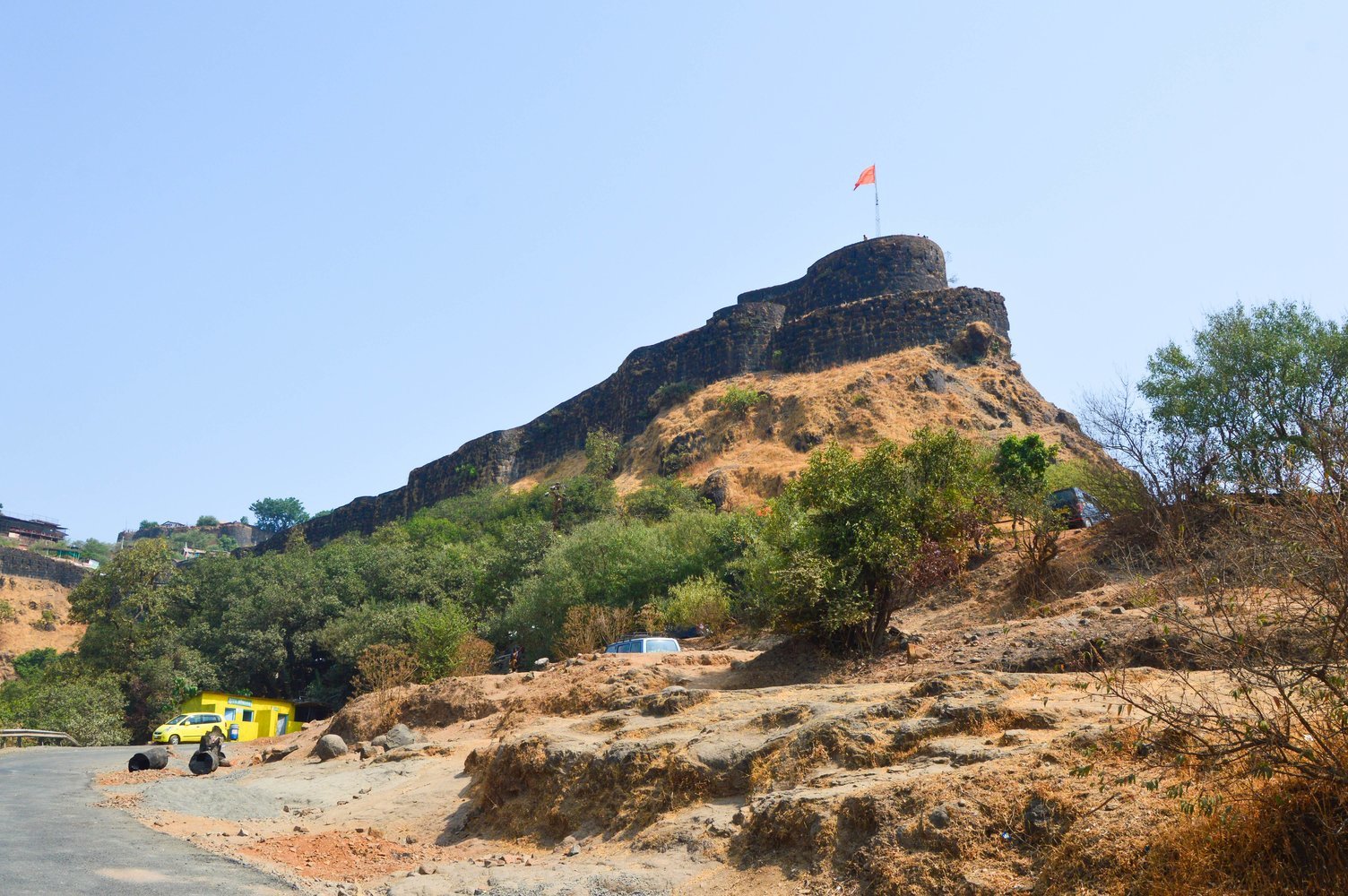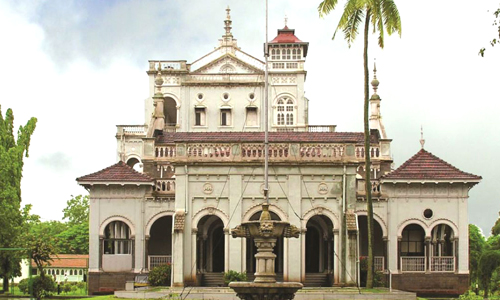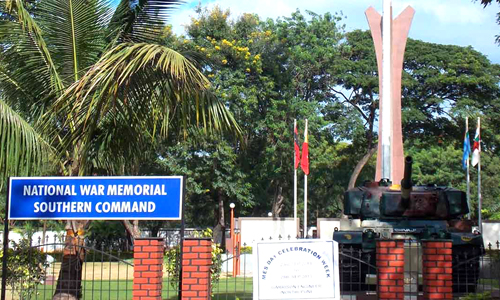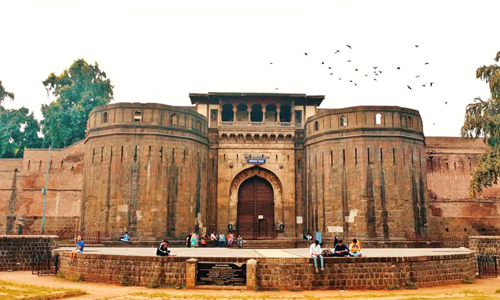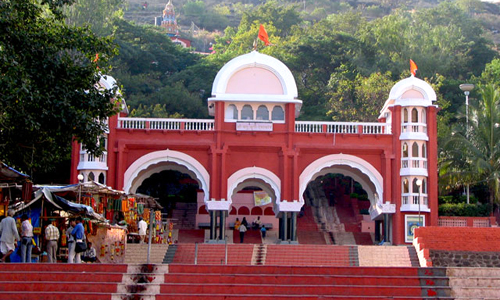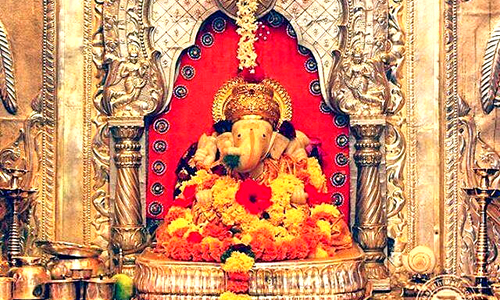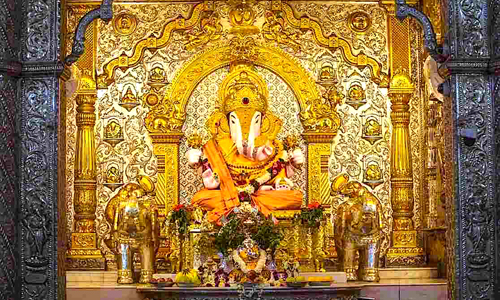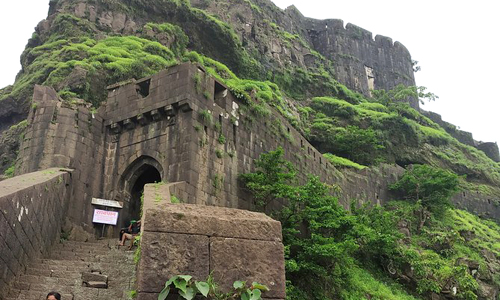In the Sahyadri hills of Maharashtra, Bhimashankar Temple is a holy place where people come to pray and a haven for nature fans. People visit this sacred site not only for religious reasons but also to seek new experiences. It is home to one of the twelve Jyotirlingas dedicated to Lord Shiva. Apart from its spiritual importance, Bhimashankar also offers rich history, wildlife, and beautiful scenery, making it one of the top places to visit in Pune for both devotees and nature lovers.
Jyotirlinga Significance
People think that God Shiva rested here after this big fight. The sacred Bhima River originated from the spot where his perspiration touched the earth. This is where a powerful shivalinga appeared on its own. The Bhimashankar Jyotirlinga temple is located inside the temple complex. The unique gap or cut in this Shivalinga makes it split in half, which fits perfectly with the story above.
Many people also think that these two parts of a Shivalinga represent the union of God Shiva and Goddess Parvati. People believe that the Shivlinga at this temple is in the Ardhanareshwara form, making it the only place in India where this occurs. This theory means that the Shivlinga represents both male and female powers.
Just behind the temple is a pond called Moksha Kunda Teertha. It is common to take a bath in this pond (Kunda) before going to the temple. People think that there are 108 Teerthas, or ponds, in Bhimashankar. The most well-known are the Saravateerth, the Kusharanya Teertha, the Krida Teertha, the Papmochan Teertha, and the Gyankunda Teertha.
Bhimashankar Temple Architecture
Chalukyas and Marathas had a big impact on the design of the Bhimashankar Temple. The main part of the building is more than 800 years old. King Karna of the Chalukya dynasty built it. The dynasty ruled from the sixth century to the twelfth.
On the doorframes and big pillars inside the temple, you can see symbols, flower patterns, and figures from the Chalukya time. Later, Chhatrapati Shivaji Maharaj made this temple the site of many holy events. Nada Phadnavis from the Maratha kingdom built the temple's outer halls and rebuilt its peak in the 18th century, after he had already done so.
The design of the Bhimashankar temple is a mix of old Hemadpanti and new Nagara styles. Many shrines in western and northern India feature both. People say that the Shivalinga at Bhimashankar Temple is a Swayambhu Linga, which means that it appears on its own. The Garbagriha, or inner chamber, is more or less below the ground.
Hindu sages and teachers, such as Sant Kaushika Maha Muni and Sant Dyaneshwar Maharaj, have also been to this temple and done very hard penance there. A lot of important people, like Chhatrapati Shivaji Maharaj, Rajaram Maharaj, Peshwa Balaji Vishwanath, and Raghunath Rao, have been to this temple, helped fix it up, and held religious events there. In this way, the Bhimashankar Temple is still a major source of divine power.
Trekking to Bhimashankar
For people who like to take risks, Bhimashankar has many hiking trails that go through a variety of landscapes. The Shidi Ghat trail is known for its steep steps that look like ladders. It's a difficult but worthwhile hike with beautiful views of the valleys below. Many Pune tour packages include this trek for adventure seekers who want to explore nature up close.
The Ganesh Ghat trail is another famous route that goes up more slowly through lovely villages and thick forests. Tourists who go on treks through the desert see strange plants and animals, like langurs and leopards. They also see lots of bright wildflowers and tall bamboo trees. Get away from the city in this wild area that hasn't been touched by people.
What is special about Bhimashankar Temple?
In India, the Bhimashankar Temple is the most unique Jyotirlinga, both because of its position and its history. You can feel like you're walking into a portal of holy energy in the middle of nowhere. Picture a thick forest that is home to rare animals like the Giant Indian Squirrel (Shekru) and many rare plants that are very good for you.
People call this forest the Bhimashankar Wildlife Sanctuary. There is also a Shiva temple right in the middle of it. And think about how a Hindu temple with thousands of visitors every day could live with a wildlife refuge. In addition, this temple is set in the Sahyadri Mountains at a height of about 1000 metres. While it rains, the temple is often hidden by thick clouds, which adds to its mysterious feel.
Hanuman Lake
Another beautiful place in Bhimashankar is Hanuman Lake, which is a calm body of water surrounded by trees. Hanuman Lake, located near the Bhimashankar Temple, is a serene and picturesque spot nestled amidst the lush green hills of the Sahyadri. Even though it's a little off the beaten path, it's worth it because it's quiet and you can see local animals like squirrels and birds.
People think the lake has mythological meaning, which adds a spiritual charm to its natural beauty. It's a great place to think quietly or have a picnic after visiting the temple. It's a hidden gem for both nature lovers and pilgrims.
Gupt Bhimashankar
Hidden deep in the woods is Gupt Bhimashankar, a rock formation that looks like a Shiva Linga and is located next to a waterfall. The place is really good for people who like meditation. Visitors can spend some time here in peace. To get to Gupt Bhimashankar, people have to walk through pristine wilderness, cross streams, and get through thick vegetation. Not only the place but the journey to the Gupt is also beautiful. These less well-known attractions offer a truly peaceful experience for people who want to be alone and connect with nature.
Best time to visit
The best time to visit Bhimashankar is from November to February. The temple is open year-round, but first-time climbers should go in winter when the slopes are less slippery. However, expert trekkers will enjoy trekking in the monsoon because it is challenging and the weather is cool.


